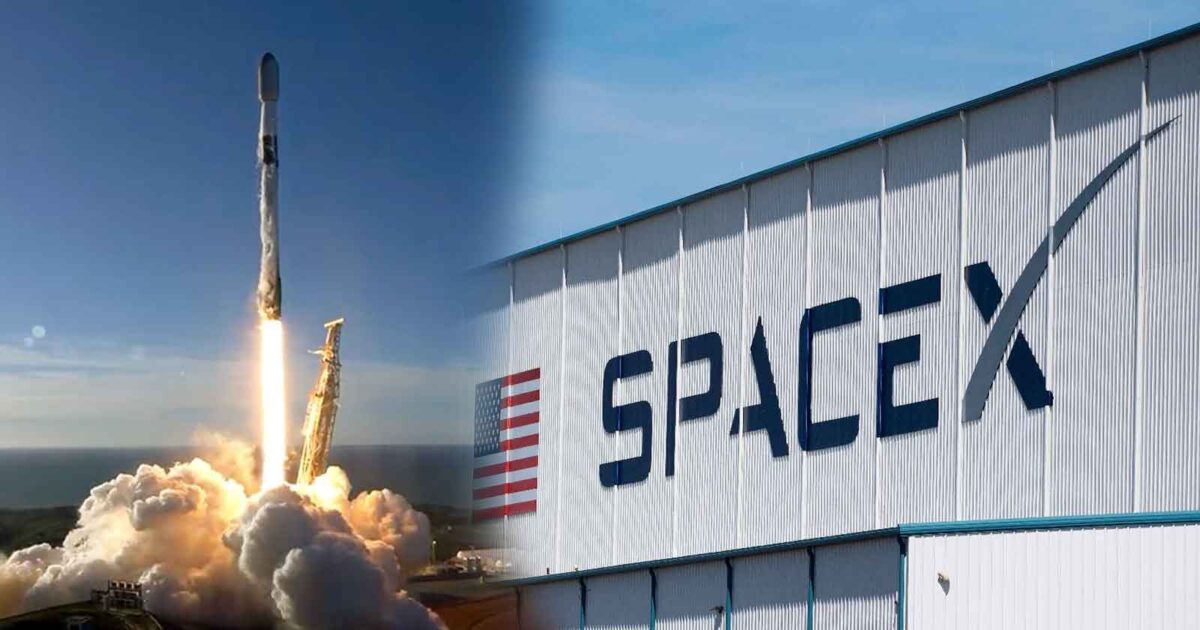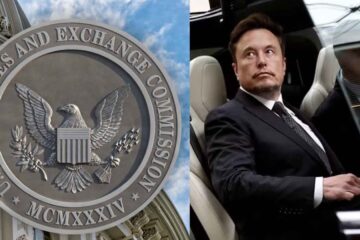
Spacex starship: SpaceX successfully launched its powerful Starship rocket for the third time, marking the longest test flight yet, although it experienced a disintegration upon re-entry.
The launch, conducted by Elon Musk’s SpaceX, took place from the private Starbase facility in Boca Chica, Texas, at 8:25 am (13:25 GMT). The Starship rocket, comprising both a spacecraft and a rocket booster known as Super Heavy, embarked on a journey that saw it travel halfway around the Earth before re-entering the atmosphere.
During its flight, the rocket achieved significant milestones, including the successful operation of payload doors in orbit, transferring super-cooled rocket propellant between fuel tanks, and executing a flip maneuver with its Super Heavy booster to initiate its return to Earth. These achievements are seen as pivotal in potentially revolutionizing space transportation and supporting NASA’s objectives, particularly in sending astronauts back to the moon.
Approximately 45 minutes after liftoff, Starship began its descent towards Earth, targeting a splashdown in the Indian Ocean. As it coasted across the Atlantic and South Africa, it reached an altitude exceeding 200km (125 miles) before communication was lost around the 49-minute mark. SpaceX confirmed the rocket’s disintegration upon re-entry into the ocean.
Despite the setback, SpaceX CEO Elon Musk noted that achieving orbital velocities, around 28,000 kilometers per hour (17,500 miles per hour), was one of the primary goals of the test flights, a goal that Starship successfully reached.
While this particular flight wasn’t designed to circumnavigate the Earth entirely, the launch proceeded smoothly until the Super Heavy booster failed to light all expected engines for a controlled landing in the ocean. SpaceX spokesperson Dan Huot explained that they would analyze the data to understand the issue further.
Nevertheless, this flight marked progress as previous attempts with the Super Heavy booster had failed midair. Though communication with Starship was lost after capturing high-definition images during re-entry, SpaceX aims to conduct at least six more test flights this year.
Experts view SpaceX’s progress positively, with Amy Lynn Thompson, a space and science journalist, highlighting the company’s rapid advancements towards its goals since its inception in 2002 and the unveiling of Starship plans in 2015.
NASA, which has awarded SpaceX contracts for missions including returning astronauts to the moon through the Artemis program, sees potential in Starship’s capabilities. SpaceX’s long-term vision includes establishing human colonies on the moon and Mars as a precautionary measure for the survival of humanity.
With its capacity to carry large payloads and a significant number of passengers, SpaceX aims to make both the lower rocket booster and upper spacecraft stage reusable, aiming to reduce the costs associated with space travel.
NASA’s Human Landing System project manager, Lisa Watson-Morgan, emphasized the importance of flight tests like these in gathering crucial data for the continued development of Starship.
NASA Administrator Bill Nelson congratulated SpaceX on the “successful test flight,” while Gwynne Shotwell, SpaceX’s president and COO, celebrated the achievements and milestones reached.
Blue Origin, led by Jeff Bezos, congratulated SpaceX despite being competitors in the space industry.



